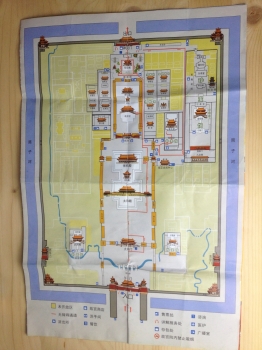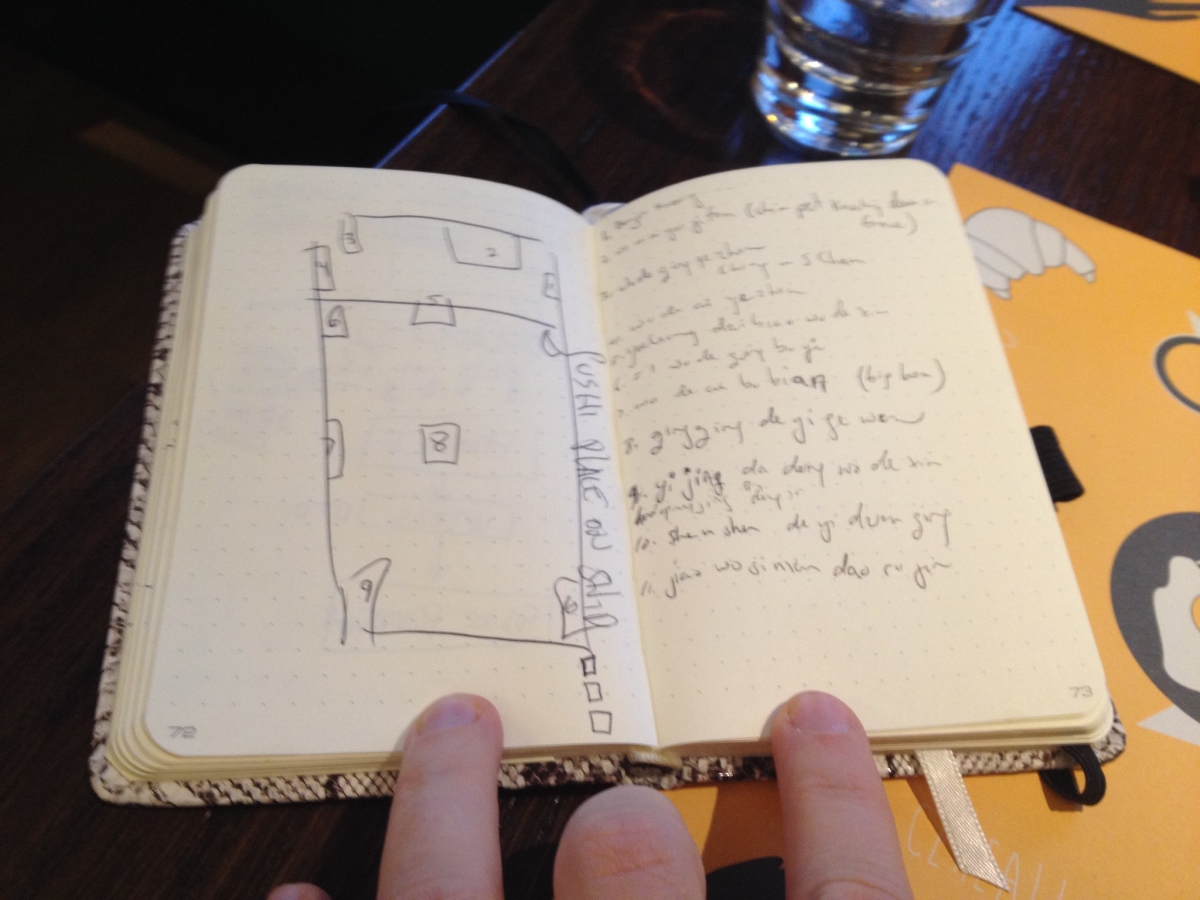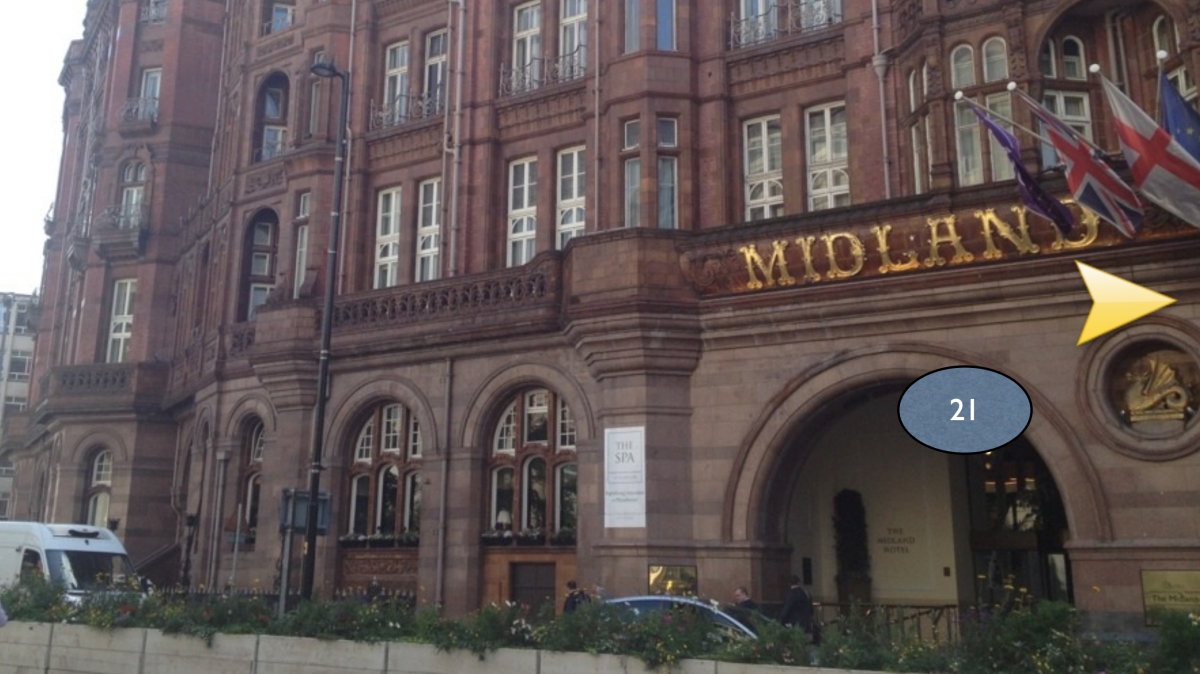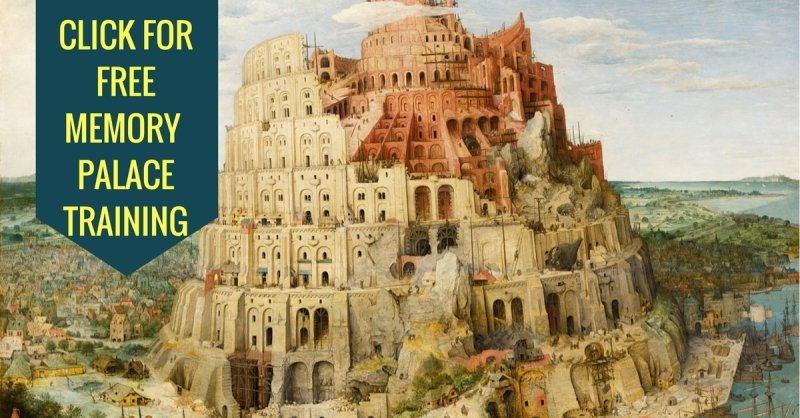Thu, 11 August 2022
Looking for the best solar system mnemonic? Don't settle for anything but the best. Learn this mnemonic device for planets now.
Direct download: The_Only_Planet_Mnemonic_You_Need.mp3
Category:Memory Palace Tactics -- posted at: 9:40pm EDT |
Wed, 14 December 2016
And this shift has occurred very quickly. Little more than a decade ago, it wasn’t uncommon that a person had to memorize a sizable list of phone numbers belonging to partners, siblings, parents and close friends. Now Many Of Us Forget Our Own Cell Phone Numbers!
Despite this, there are situations in the modern day that still require memorization. Perhaps phone numbers and historical facts are better left to Google, but not everything can and should be searched via a computer. A notable example which is becoming conversant is “language” – which requires that you memorize a huge amount of vocabulary and grammar. Until now, there isn’t a technology effective enough to replace human ability to learn and master a language. In the past, having to memorize information was not optional because information wasn’t easily accessible. Up until the 19th century, paper was expensive, especially for quantities required to make a book. To add to it was that not many people could read and write so the ability and need to memorize and recall information was critical.
Why The Greeks Adored Memory Palace Science
That’s why a powerful memorization method was adored by the ancient Greeks. This technique is used even as at today by memory experts to commit huge amounts of information to mind. And thanks to have an abundance of Ancient Greek facts that have been handed down, anyone can learn to use a Memory Palace at any time. One such memory expert, used it to memorize Pi to over 100,000 digits. This memorization technique is called the Method of Loci, or more commonly the “Memory Palace”. It is a memorization method that not only has held the test of time, but has been shown to be effective through modern-day studies. You may even have heard of the Memory Palace technique without realizing it because it has been featured in multiple books and media.
The Silence Of The Memory Palace |
Wed, 19 October 2016
You bet it is. The only problem is that most people don’t maximize the value of their vacations. Instead of going in prepared to remember as much as humanly possible, they accept what they can get from the default settings of the muscle sitting between their ears. Well, it doesn’t have to be that way for you. Here’s how to travel differently so that you remember more, enjoy more and get to take your vacations again and again with the vibrant recall of an intense dream.
Infinitely Increase The Value Of Every Hotel Room With A Simple Memory Palace
One of the first things to do is draw out a quick sketch of your hotel room. It’s simple to chart a well-formed Memory Palace journey using such a small space. Even if the Memory Palace only has four or five stations, you’re already ahead of the game because your mind is in memory mode. Here’s an example of a quick hotel Memory Palace in room April and I shared on our honeymoon. We were taking the ferry from Helsinki to Stockholm: As seen in the video, you can also create a Memory Palace of the lobby, the hotel restaurant, gift shop and any other rooms you spot that look manageable. If you’re comfortable using outdoor Memory Palaces, parking lots and the hotel entrance can be powerful resources. Of course, to draw Memory Palaces, you’ll need a Memory Journal.
How To Keep A Memory Journal
Memory Journals are great for a number of purposes:
When traveling, your Memory Journal will also let you make notes about what you did on each day of the trip as you make quick sketches of the places you visit. To get started, buy a simple notebook. It can be lined or unlined. I recommend that you decorate the cover and then get started listing out as many potential Memory Palaces as you can. If you need help, check out the episode of the Magnetic Memory Method Podcast called How to Find Memory Palaces and make sure that you have the MMM Worksheets that come with my FREE Memory Improvement Kit.
Gather Maps, Floor Plans And Think Strategically
You’re traveling to enjoy yourself, right? Who wants to sit around drawing squares all day? (Except me?) Luckily, when visiting many parks, museums and historical locations, you don’t have to spend your time this way. Instead, you can grab up brochures with mockups and floor plans of museums, churches and art galleries for reference later. If your Memory Journal has a storage pack, you can bomb these inside for reference later. The important thing is that you think strategically when entering the location. Note the corners of rooms and the best areas for Memory Palace creation. You can already start constructing it in your mind. If you’re experienced, you can also start using the Memory Palace right away. For example, using the Major Method, you can memorize the date of a painting along with its name. If you’re learning a foreign language, this is a great way to pick up new vocabulary. Use The Memory Improvement Power Of Photography
Taking photos of your loved ones and the main attractions is an important part of traveling. But you can get your camera into the Memory Game too by taking photos of building layouts. Hotel beds, for example, make excellent micro-stations in Memory Palaces. Using PowerPoint software, you can reconstruct the Memory Palace from your photos. For many people, this simple process makes their Memory Palaces much more vivid and useful. You can also use the software to impose information directly onto the Memory Palace stations for Recall Rehearsal. However, please note that although this kind of activity is acceptable at the beginning stages, it will not strengthen your memory in the same way that drawing Memory Palaces and then using them from your imagination alone achieves. Work towards creating and using tech-free Memory Palaces and your skills will soar. Think of it as the difference between doddering along with training wheels and the freedom of riding a bike assisted only by your instinctual knowledge of balance, velocity and the physics of pedaling. The only difference is that in matters of memory and the mind, you never need to work up a sweat to get the benefits. But if you do need some assistance, here’s an example of a Memory Palace station and directionality I created using the Midland Hotel where I stayed during the New Media Europe convention in 2015. As you can see, it’s easy to place the station number and a direction signature for later use as you scroll through the PowerPoint (I used Keynote in Mac):
As a final camera tip, photograph street corners and use them as Memory Palaces for memorizing street names. It’s a wonderful feeling when you can recall intersections, not just for finding your way back to places, but for giving recommendations to other travelers. Yes, it’s an ego boost too when you can show off your knowledge of cities around the world. Just don’t let it get to your head and never forget that with great power comes great responsibly. Teach what you’ve learned about memory techniques to others by telling them how you memorized street names.
Make Videos For Review Later
If you’ve been following my YouTube channel, you’ve probably seen some of the videos I’ve been putting out about creating Memory Palaces along the way. I even got April into the memory improvement game while visiting Prague: Part of what I’m doing by making these videos is teaching what can be done to create an impromptu Memory Palace. But I’m also practicing my own memory as I teach. You don’t have to do anything so elaborate as posting your personal travel videos on YouTube, but the act of shooting the Memory Palaces you want to create will not only make your trip more memorable, but aid you in the creation process. It’s also a fun way to create images of yourself that ideally won’t lead to the corrosion of your memory. The Forbidden City: |
Tue, 8 April 2014
WAIT! |
The Magnetic Memory Method Podcast (Memory Palace Tactics)

Categories
generalMemory Improvement Tools
Memory Method Tips
Brain Exercises for Memory Improvement
Memory Improvement Case Studies
Podcast
Guest Post
Memory Palace Tactics
Practical Memory Techniques
Uncategorized
Improve Memory Q&A
Archives
AprilMarch
February
January
December
November
October
September
August
July
June
May
April
March
February
January
December
November
October
September
August
July
June
May
April
March
February
January
December
November
October
September
August
July
June
May
April
March
February
January
December
November
October
September
August
July
June
May
April
March
February
January
December
November
October
September
August
June
May
April
March
February
January
December
November
October
September
August
July
June
May
April
March
February
January
December
November
October
September
August
July
June
May
April
March
February
January
December
November
October
September
August
July
June
May
April
March
February
January
December
November
October
September
August
July
June
May
April
March
February
January
December
November
October
September
August
July
June
May
April
March
February
January
December
November
September
| S | M | T | W | T | F | S |
|---|---|---|---|---|---|---|
| 1 | 2 | 3 | 4 | 5 | 6 | |
| 7 | 8 | 9 | 10 | 11 | 12 | 13 |
| 14 | 15 | 16 | 17 | 18 | 19 | 20 |
| 21 | 22 | 23 | 24 | 25 | 26 | 27 |
| 28 | 29 | 30 | ||||
Syndication

 In the modern world of omnipresent information access, memorization is almost a thing of the past.
In the modern world of omnipresent information access, memorization is almost a thing of the past.



 Travel is awesome, right?
Travel is awesome, right?






